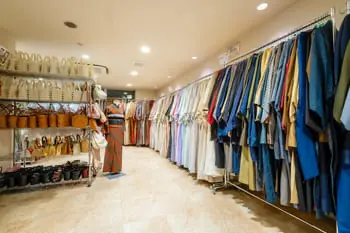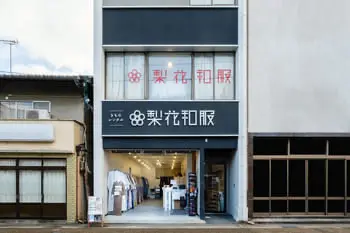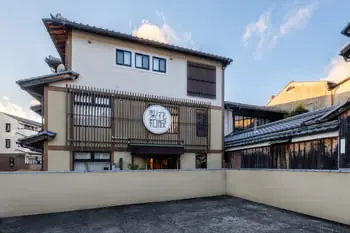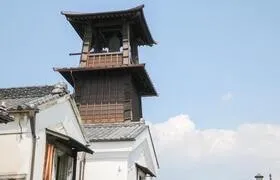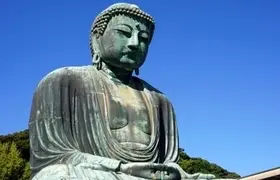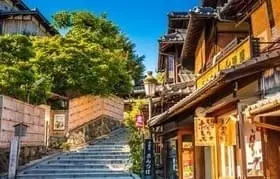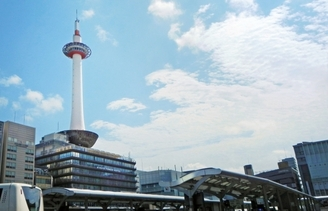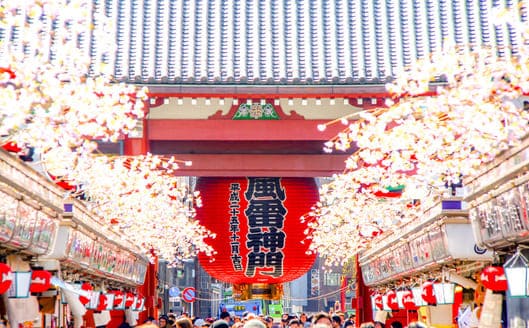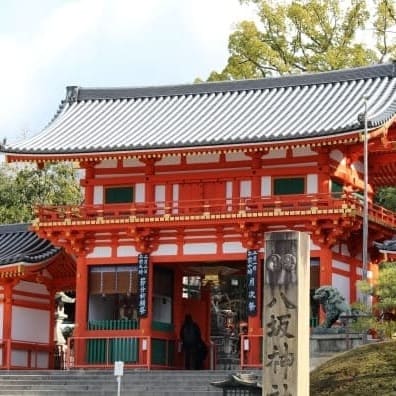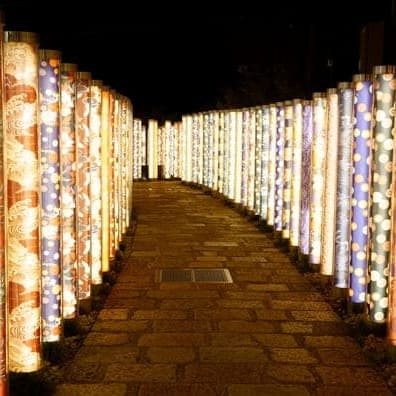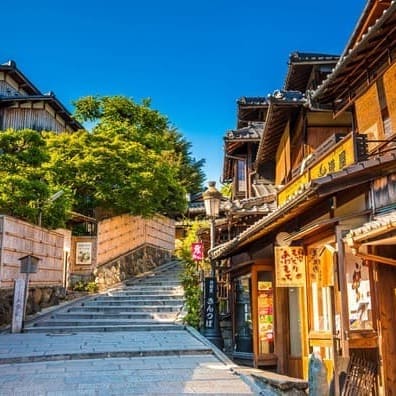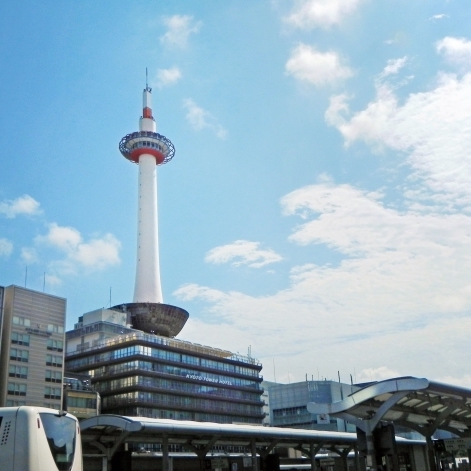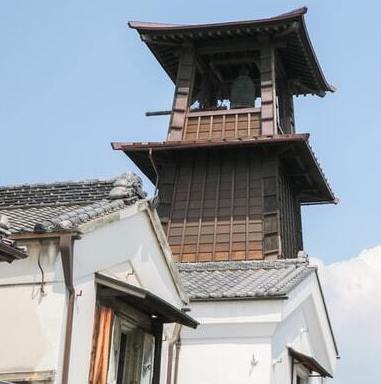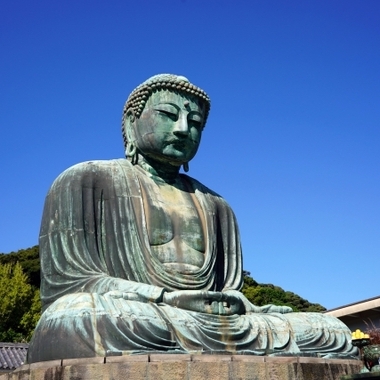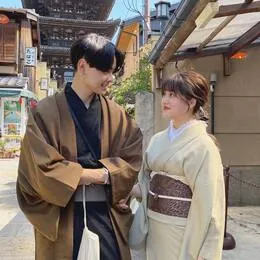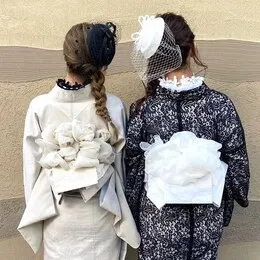What is the difference between tsukeage and homongi?

Many people may have wondered about the differences between “tsukeage” and “houmongi” kimono styles. It can be challenging to determine which one to wear for various occasions. Let’s explore the specific characteristics and ways to distinguish between them.
For more information about “houmongi” and “iro-tomesode,” click here: 【Basic Knowledge】Differences Between Houmongi and Iro-tomesode Kimonos
Characteristics of Tsukeage and Houmongi Kimonos

“Tsukeage” and “houmongi” are different types of kimonos, each with its unique characteristics. While they share many similarities, they have distinct purposes and pattern aesthetics. Let’s examine their main features.
What is Houmongi?
Houmongi is a versatile kimono that can be worn on various occasions, including formal events such as ceremonies and weddings.
It exudes an atmosphere similar to Western suits or jackets, making it suitable for occasions where formal attire is required, such as when invited as a guest to ceremonies.
Houmongi is characterized by its “eba moyo” or “painting brush pattern,” which is a continuous pattern that extends from the hem, around the collar, and onto the sleeves. These kimonos often feature elaborate and luxurious patterns, making them ideal for formal occasions.
For those interested in understanding the differences between houmongi and furisode, you can read this article: Differences Between Houmongi and Furisode
What is Tsukeage?
Tsukeage is a type of kimono that features a more subdued version of the houmongi pattern.
It can be worn formally unless the occasion demands the highest level of formality.
These kimonos are known for their simplicity and are often considered to have been created during wartime when more elaborate garments like houmongi were deemed excessive.
There is a theory that tsukeage evolved from komon kimonos, but it is undoubtedly positioned as a middle-ground between houmongi and komon.
The way patterns are applied to “tsukeage” and “houmongi” kimonos may appear similar, but a common characteristic of “tsukeage” is that the patterns on the collar and sleeves are not continuous but separate.
Tsukeage Houmongi and Tsukeage Komon
Recently, there are kimono styles known as “tsukeage” that resemble other types of kimonos.
These are handy when you want to acquire a kimono that resembles a “houmongi” at a reasonable price or wear a kimono with a “komon” style for slightly formal occasions.
“Tsukeage houmongi” is a type of “tsukeage” with patterns similar to “houmongi.”
While regular “tsukeage” kimonos often have scattered patterns, “tsukeage houmongi” kimonos tend to have more continuous patterns. However, the patterns on the upper part of the kimono are often not connected, making it easier to distinguish by looking at the patterns on the sleeves and collar.
“Tsukeage komon” refers to “komon” kimonos with patterns that are consistently oriented in one direction.
When you’re unsure if “komon” might be too casual, these can be a suitable choice.
Key Methods to Distinguish Tsukeage and Houmongi

Distinguishing between “tsukeage” and “houmongi” kimonos can be challenging, as some products may be nearly indistinguishable. Depending on the occasion, you may be asked to wear one or the other, so how can you tell them apart? Here are the main methods for distinguishing between them:
Shape at the Time of Purchase
Generally, “houmongi” kimonos are sold in a state where some tailoring has been completed.
In contrast, “tsukeage” kimonos are sold in an unfinished state. You can often identify whether a product is a “houmongi” or “tsukeage” based on its shape at the time of purchase.
However, it’s important to note that not all “tsukeage” kimonos are sold in the same form. Some may even come partially tailored.
Pattern Placement
“Houmongi” kimonos feature a continuous pattern called “eba moyo” that flows from the hem to the chest and sleeves.
In contrast, many “tsukeage” kimonos have scattered patterns.
However, there are exceptions, such as “tsukeage houmongi,” which have more continuous patterns. Therefore, pattern placement alone may not be an absolute distinction method.
Price
In the world of kimono, “houmongi” kimonos that are sold with some tailoring tend to be priced higher.
Kimono products sold at more affordable prices are often considered “tsukeage.” However, other factors such as material and patterns also play a role, so consider price as a reference.
Presence of Lining (Lining Material)
“Houmongi” kimonos typically come with a lined inner fabric with patterns, while “tsukeage” kimonos often come with a separate inner lining.
Considering the form at the time of purchase and the emphasis on lining, “houmongi” kimonos tend to have more detailed linings.
There Isn’t a Definitive Way to Distinguish Between Tsukeage and Houmongi
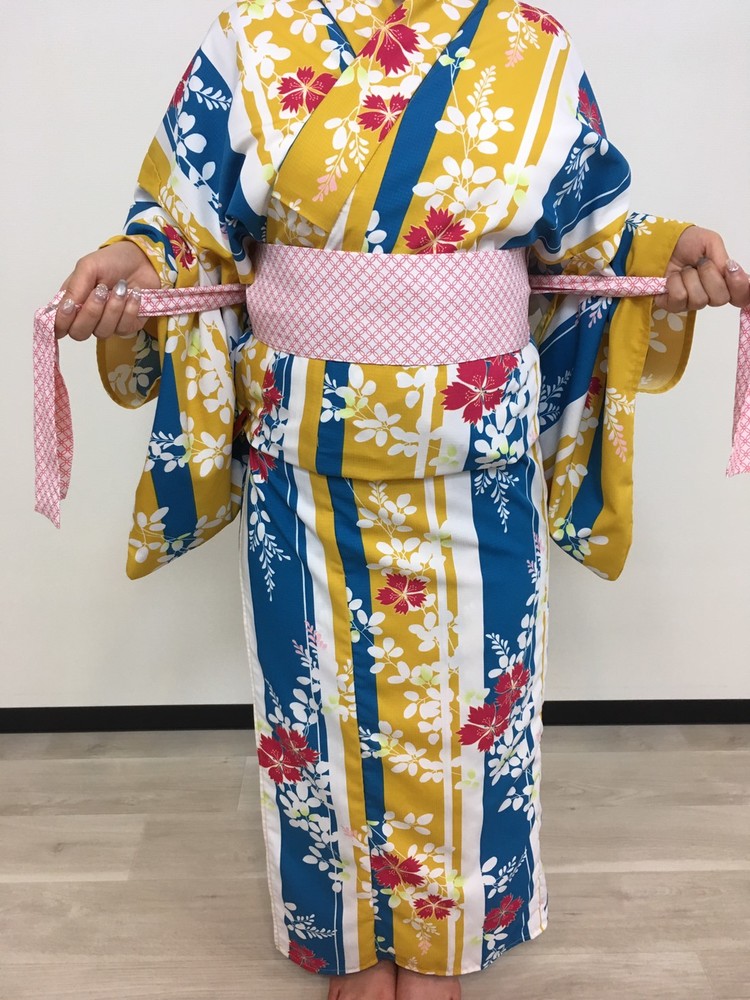
It’s often difficult to determine at a glance whether a kimono is “tsukeage” or “houmongi.”
In essence, you don’t need to overcomplicate things; focusing on the following two points should be sufficient:
Emphasize the occasion and the atmosphere of the pattern placement.
Luxurious and Suitable for Formal Occasions: Houmongi
“Houmongi” kimonos have large and continuous patterns that make them stand out. If the kimono has a well-defined pattern, it can be worn for formal occasions.
Even at weddings, unless there are specific reasons like “you need a level of formality similar to “tomesode” for celebrating a close relative,” guests wearing “tsukeage” or “tsukeage houmongi” kimonos won’t be looked down upon.
Unless you’re in a very formal setting that strictly follows traditional rules, both are generally considered equally acceptable. So, you don’t need to worry excessively. If you have concerns, it’s a good idea to consult with other attendees or the event organizers.
Subtle and Simple Patterns: Tsukeage
If you’ve been told, “Flashy kimonos would be out of place,” and advised to wear “tsukeage” for an upcoming gathering, showing up in a luxurious “tsukeage” would be inappropriate.
In such cases, a “tsukeage” with subtle patterns is expected. Even in the category of “tsukeage houmongi,” as long as it features modest and elegant patterns, it should be suitable.
You can rely on your judgment based on the pattern’s appearance alone. Insisting on specific details like “This kimono has a bold pattern, but it was sold as a bolt of fabric…” might make it difficult to understand the intentions of others.
Check the Rikawafuku Rental!

